The compare and contrast of China and USSR's collectivization
DOI: 10.23977/socsam.2025.060102 | Downloads: 9 | Views: 918
Author(s)
Lexu Wang 1
Affiliation(s)
1 Center for China Studies, The Chinese University of Hong Kong, 999077, Hong Kong, China
Corresponding Author
Lexu WangABSTRACT
When discussing the communist economy during the Maoist era in China, agricultural reform is an indispensable topic. Over the course of half a century, China underwent significant transformations—from a semi-colonial, semi-feudal society through periods of warlordism and resistance against Japanese invasion, to the Nationalist-Communist civil war—ultimately transitioning toward the beginnings of a modern state. The normalization and reform of the agricultural economy began in rural areas under the de facto control of the Communist Party before gaining control of mainland cities in 1949. With the establishment of New China and the deepening influence of Maoist ideology, Soviet-style collectivization gradually became the cornerstone of agricultural production. Despite the high degree of similarity in systems and ideological proximity, equating China's agricultural collectivization entirely with that of the Soviet Union is inappropriate. This paper aims to objectively compare the agricultural collectivization in China post-1949 with that in the USSR circa 1932, using both primary and secondary sources to explore the similarities and differences between agricultural collectivization in Maoist China and Stalinist-era Soviet Union. It will examine the processes and outcomes of implementing similar agricultural systems in these two distinct countries, as well as the underlying social factors.
KEYWORDS
Communist Economy; Agricultural Collectivization; Social Factors; Maoist IdeologyCITE THIS PAPER
Lexu Wang, The compare and contrast of China and USSR's collectivization. Social Security and Administration Management (2025) Vol. 6: 11-17. DOI: http://dx.doi.org/10.23977/socsam.2025.060102.
REFERENCES
[1] Shishova, N. (2021). Methods and characteristics of commercial advertising in the socio-cultural context of the New Economic Policy (NEP). E3S Web of Conferences.
[2] Herrlinger, P. (2023). Holy Sobriety in Modern Russia. Cornell University Press.
[3] Jian-hua, L. (2004). Comment on Stalin's Two Slogans during the Industrializing Period of Soviet Union. Journal of Henan Normal University.
[4] Qiu, T., He, Q., Choy, S.T., Li, Y., & Luo, B. (2020). The impact of land renting-in on farm productivity: evidence from maize production in China. China Agricultural Economic Review.
[5] Xu, Y. (2020). Negotiating rural land ownership in Southwest China: state, village, family. The Journal of Peasant Studies, 47, 606 - 609.
[6] Kim, H. (2022). After the Korean War: An Intimate History by Heonik Kwon (review). Korean Studies, 46, 354 - 356.
[7] Hsiung, James Chieh. "A Window on How China Behaves as a Rising Power." International Studies Review 12 (2010): 467-469.
[8] Chen X, Sun C .Technology transfer to China: alliances of Chinese enterprises with western technology exporters[J]. Technovation, 2000, 20(7):353-362.
[9] Kislitsyn, E.V., & Gorodnichev, V. (2021). Simulation of development of individual heavy industry sectors. Business informatics, 15, 59-77.
[10] Sarcina, A., Tommaso, M.R., & Bonnini, S. (2014). China: Industrialization, Growth and Territorial Disparities. A Challenge to the Sustainability of the Process of Change and Development.
[11] Kung, J.K. (1992). Food and Agriculture in Post-Reform China. Modern China, 18, 138 - 170.
[12] Cranfield J, Blandon J, Henson S .Small-scale farmer participation in new agri-food supply chains: Case of the supermarket supply chain for fruit and vegetables in Honduras [J].Journal of International Development, 2010, 21(7):971-984.
[13] Joseph, L., Stephenson, M.O., Zanotti, L., & Ricot, S. (2023). Sustainable agriculture and food sovereignty in Haiti: sharing knowledge and shaping understanding of food systems at the University of Fondwa. Frontiers in Sustainable Food Systems.
[14] Tesliuk, R.T. (2023). Changes in social roles of the Ukrainian peasantry as the result of collectivisation and Holodomor-genocide of 1932–1933. Ukrainian Society.
[15] Cheng, J. (2022). Collectivisation, paradox and resistance: the architecture of people’s commune in China. The Journal of Architecture, 27, 913 - 948.
[16] Gabbas, M. (2021). Collectivization and National Question in Soviet Udmurtia. Russian History.
[17] Wei, L.T. (2016). Shaping Collective Attitudes - the "China Dream" (CD): A Textual Analysis. International Journal of China Studies, 7, 101.
[18] Gabbas, M. (2021). Collectivization and National Question in Soviet Udmurtia. Russian History.
[19] D. J W, J. B S, Jim M, et al. Harnessing the Power of Data to Improve Agricultural Policy and Conservation Outcomes[J].Choices, 2019, 34(3):1-7.
[20] Shuling H U, Bin Y U, Ming J W. Rural restructuring and transformation: Western experience and its enlightenment to China [J]. Geographical Research, 2019, 38(12): 2833-45.
[21] Herrlinger, P. (2023). Holy Sobriety in Modern Russia. Cornell University Press.
[22] Po, L. (2021). Book review: Urban Development in China under the Institution of Land Rights. China Information, 35, 249 - 251.
[23] Lin, T. (2006). Destruction of Agriculture in Guangxi by the Invasion of Japan in the Anti- Japanese Period. Journal of Guangxi Normal University.
[24] Tung W L .The Communist Party in Power: Mao's Political Thought and the Party Organization [J].Springer Netherlands, 1968.
[25] Gabbas, M. (2021). Collectivization and National Question in Soviet Udmurtia. Russian History.
[26] Tan, Tingting. "Official Discourse on Family and Fatherhood in Post-1949 China." Masculinities and Social Change 9 (2020): 174-206.
[27] Fitzpatrick, S. (2019). The Great Terror: Stalin's Purge of the Thirties by Robert Conquest; The Harvest of Sorrow: Soviet Collectivisation and the Terror-Famine by Robert Conquest.
[28] Bergere, M. (2016). La Récidive. Révolution Russe et Révolution Chinoise (Recurrence: Russian Revolution and Chinese Revolution). China perspectives, 64.
[29] Cong, W., Zhang, C., Wang, G., & Zhang, F. (2021). Designing Diversified Cropping Systems In China: Theory, Approaches And Implementation. Frontiers of Agricultural Science and Engineering.
[30] Hua, J., Wang, H., Kang, M., Wang, X., Guo, S., Chang, F., & Wang, F. (2023). The design and implementation of a distributed agricultural service system for smallholder farmers in China. International Journal of Agricultural Sustainability, 21.
[31] Lin, J. Y. (1990). Collectivization and China’s Agricultural Crisis in 1959-1961. Journal of Political Economy, 98(6), 1228–1252. https://doi.org/10.1086/261732
[32] Köll, E. (2018). A Great Undertaking: Mechanization and Social Change in a Late Imperial Chinese Coalmining Community by Jeff Hornibrook, and: Empires of Coal: Fueling China’s Entry into the Modern World Order, 1860–1920 by Shellen Xiao Wu (review). Harvard Journal of Asiatic Studies, 77, 561 - 570.
[33] Xiao-quan, Z. (2006). Questions on Grassroots Democracy—Observation and Reflection on the Election of VillagersCommittee in W Village, Zhejiang. Journal of Hangzhou Dianzi University.
[34] Law, W. (2013). Globalization, National Identity, and Citizenship Education: China Search for Modernization and a Modern Chinese Citizenry. Frontiers of Education in China, 8, 596-627.
[35] Chintala, G.R., & Mani, G.S. (2022). Collectivisation of Farmers and Farm Produces through 'Farmers Producers Organisations' Benefitting Farmers: Some Field Level Observations.
| Downloads: | 6390 |
|---|---|
| Visits: | 275976 |
Sponsors, Associates, and Links
-
Information Systems and Economics
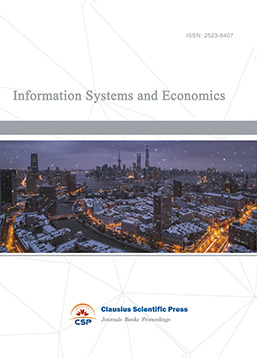
-
Accounting, Auditing and Finance
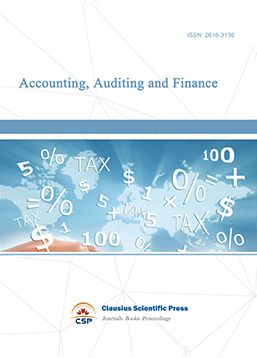
-
Industrial Engineering and Innovation Management
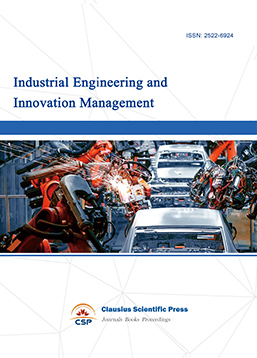
-
Tourism Management and Technology Economy
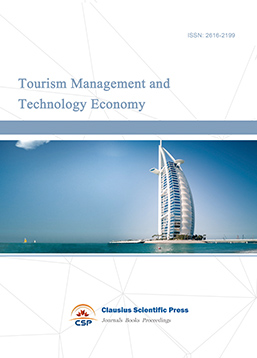
-
Journal of Computational and Financial Econometrics
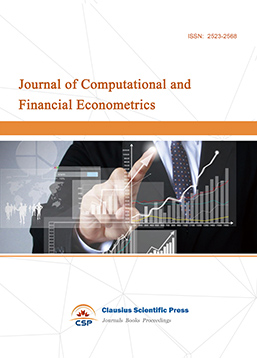
-
Financial Engineering and Risk Management
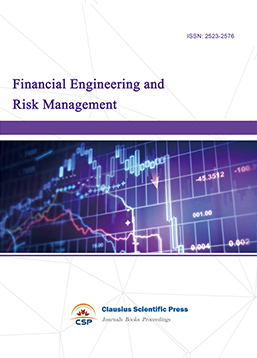
-
Accounting and Corporate Management
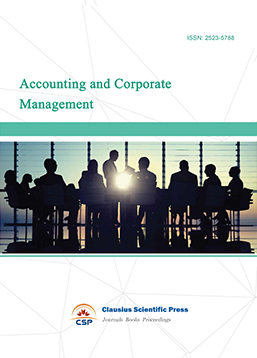
-
Population, Resources & Environmental Economics
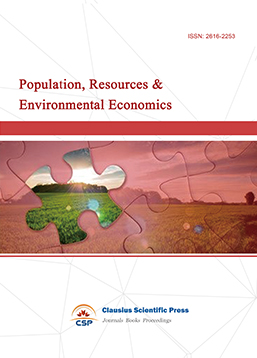
-
Statistics & Quantitative Economics
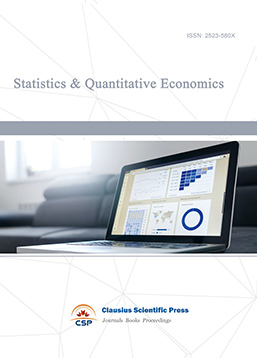
-
Agricultural & Forestry Economics and Management
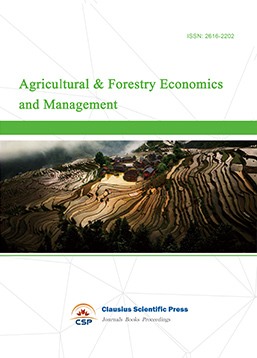
-
Social Medicine and Health Management

-
Land Resource Management
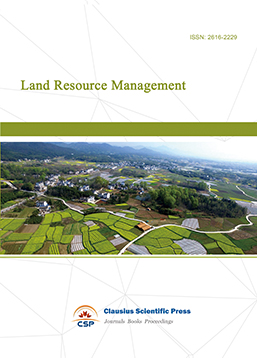
-
Information, Library and Archival Science
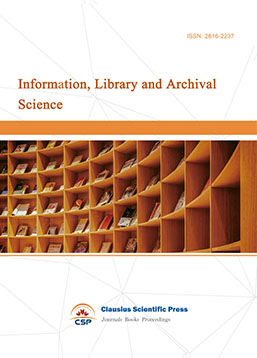
-
Journal of Human Resource Development
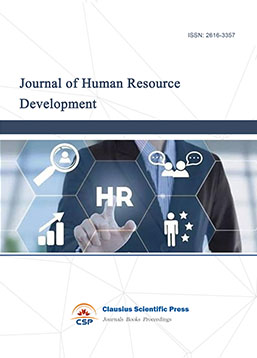
-
Manufacturing and Service Operations Management
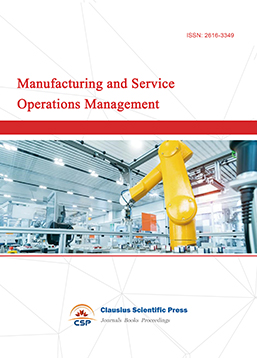
-
Operational Research and Cybernetics
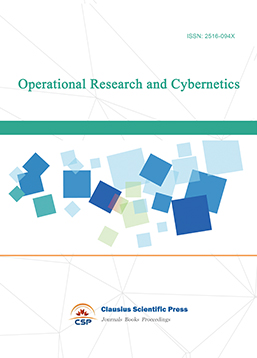

 Download as PDF
Download as PDF